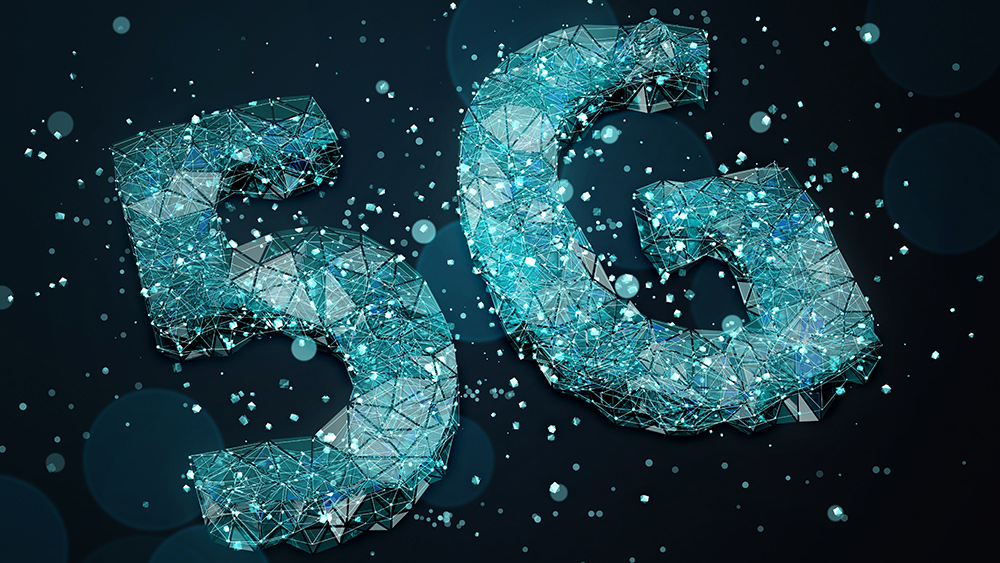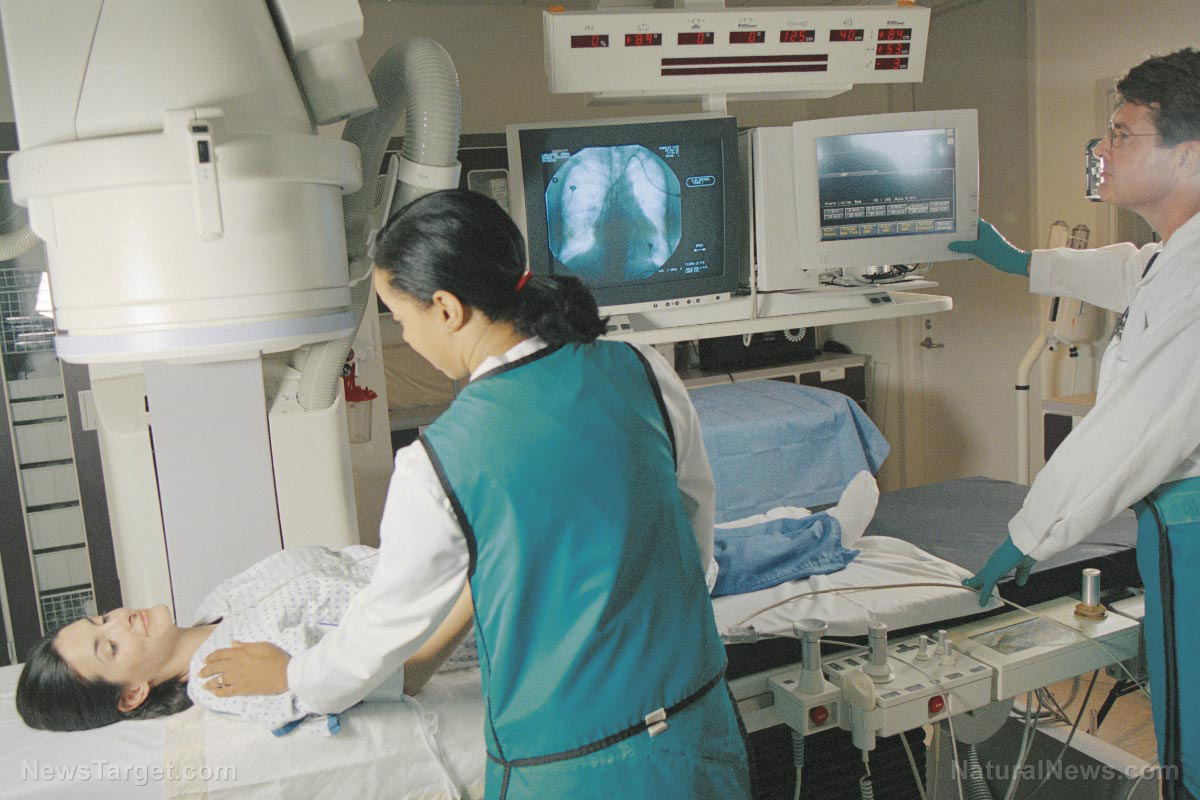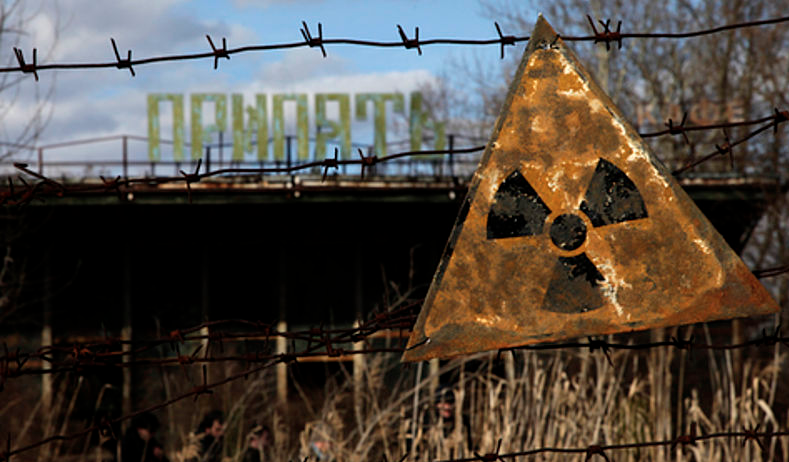Still think 5G is harmless? Scientific American issues warnings about the confirmed and UNKNOWN DANGERS of 5G tech
10/20/2020 / By Cassie B.

The oldest magazine in the United States, Scientific American, has issued a strong warning about the dangers of 5G technology. Their concerns about both the known and the potential dangers of 5G carry a lot of weight because the magazine is so influential and known for its rigorous scientific standards. In print since 1845, Scientific American is widely considered by modern fact checkers to be pro-science and highly credible.
Public health researcher Joel M. Moskowitz of the University of California, Berkeley, says in the article that 5G is a lot more harmful than the government and telecommunications industry want people to believe. He also said the same is true of Wi-Fi and cellular technology.
Exposure limits are outdated
One of his biggest concerns is related to the fact that the FCC is reaffirming exposure limits for radio frequency radiation, or RFR, that were put in place in the 1990s long before Wi-Fi, 2G, 3G, 4G and 5G existed. In other words, the FCC plans to maintain significantly outdated safety standards that do not take into account the increasing pile of evidence showing that it is harmful in many ways.
According to Moskowitz, the exposure limits set in the ‘90s were mostly related to the potential effects of RFR exposure intensity. Now, however, we know that there is a risk of cancer and other problems.
5G will introduce the use of millimeter waves, in addition to the microwaves that older cellular technologies used. Moreover, the limited reach of 5G means cell antennas will need to be placed every 100 to 200 meters, increasing people’s exposure. On top of that, new technologies in 5G such as beam-forming antennas, massive MIMO, and phased arrays, will make it difficult to measure exposure.
Short-term exposure to millimeter waves, which are absorbed by human skin and the surface layer of the cornea, can affect the nervous, cardiovascular and immune systems. Long-term exposure could put people at risk of melanoma, ocular melanoma and sterility.
Moskowitz argues that new exposure limits should be put in place that account for certain effects of signals, such as polarization and pulsing, that raise their health and biologic impacts. The current RFR exposure limits set by the FCC regulate the intensity of the exposure but ignore the RFR’s signaling properties.
Moskowitz also referred to the International EMF Scientist Appeal, which outlines how EMF impacts living beings at levels that are significantly below most guidelines. These effects include cellular stress, rises in harmful free radicals, reproductive system changes, neurological disorders, learning and memory defects and a greater cancer risk. Effects are also being noticed in plant and animal life.
The scientists who signed the appeal represent the majority of scientific experts on non-ionizing radiation, who have published more than 2,000 papers and letters on the topic of EMF in professional journals among them.
Moskowitz also takes issue with the fact that many working in the telecommunications industry and the government officials who they’ve brought over to their side label those who point out 5G’s dangers as fear mongerers. This is far from a conspiracy theory; this position is coming from a body of legitimate scientific research.
He said: “Since much of our research is publicly-funded, we believe it is our ethical responsibility to inform the public about what the peer-reviewed scientific literature tells us about the health risks from wireless radiation.”
In short, 5G can be likened to a “global human experiment without consent.” The very fact that Scientific American’s editorial board chose to print a piece that is so strongly against 5G shows that even the world’s most mainstream scientific publications have serious reservations about this technology – and that should be enough to make anyone question whether this technology should be used at all.
Sources for this article include:
Tagged Under: 5g, cell phones, dangerous tech, EMF, Public Health, radiation, RFR, scientific american
RECENT NEWS & ARTICLES
COPYRIGHT © 2017 RADIATION SCIENCE



















